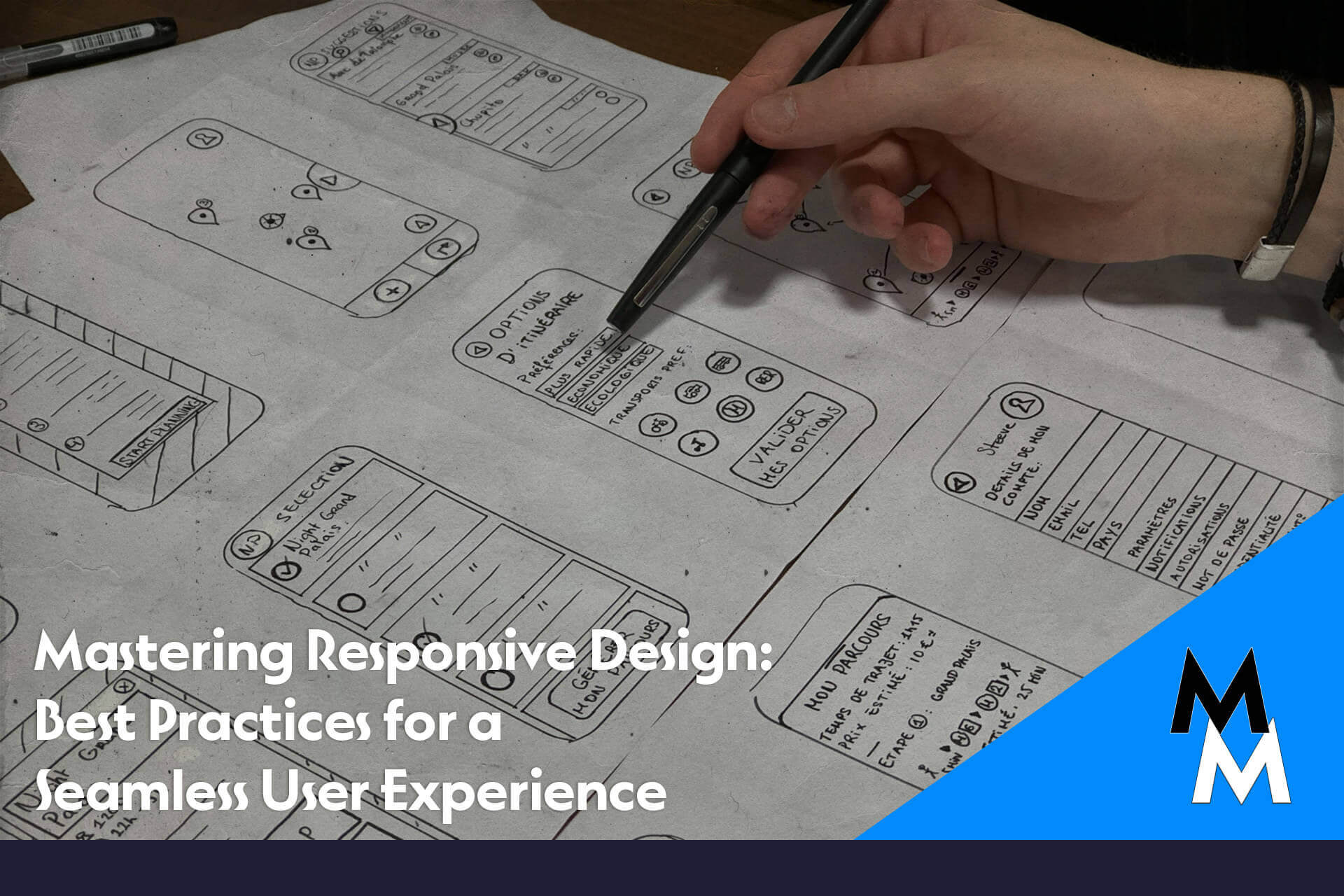Hey there, web wizards! Ready to dive into the magical world of responsive design? In this guide, we’ll explore the best practices to ensure your website looks stunning and functions flawlessly across all devices. From smartphones to desktops, we’ve got you covered.
Why Responsive Design Matters
Responsive design is all about creating websites that adapt to different screen sizes and orientations. It’s essential for providing a great user experience and improving your site’s performance on search engines. Plus, with more people browsing the web on their mobile devices, having a responsive site is a must!
Key Elements of Responsive Design
Flexible Layouts
One of the fundamental aspects of responsive design is creating flexible layouts that adjust to various screen sizes. This means using relative units like percentages instead of fixed units like pixels.
Implementing Flexible Layouts
- Use fluid grids: These allow your layout to resize proportionally.
- Set flexible images: Ensure images scale within their containing elements.
- Utilize media queries: These help apply different styles based on the device’s characteristics.
Media Queries
Media queries are CSS rules that apply styles based on the device’s characteristics, such as width, height, and orientation. They are crucial for creating responsive designs that look great on any screen.
Effective Use of Media Queries
- Breakpoints: Define breakpoints where your layout changes to accommodate different screen sizes.
- Device-specific styles: Tailor styles for specific devices, such as mobile phones, tablets, and desktops.
- Responsive typography: Adjust font sizes and line heights for optimal readability.
Flexible Media
Ensuring your media (images, videos, etc.) is flexible is crucial for maintaining a responsive design. This means making sure media elements resize and scale appropriately within their containers.
Optimizing Media
- Responsive images: Use the srcset attribute to serve different image sizes based on the device.
- Fluid videos: Use CSS to ensure videos resize within their containers.
- Media queries for media: Apply different styles to media elements based on the device.
Enhancing Performance for Responsive Sites
Speed Matters
A fast-loading website is critical for user satisfaction and SEO. Google prioritizes speed in its ranking algorithm, so optimizing your site for speed is a must.
Boosting Speed
- Use PageSpeed Insights: Analyze and optimize your site’s performance.
- Leverage Cloudflare: Use a CDN to reduce latency and speed up content delivery.
- Minimize HTTP requests: Reduce the number of elements on your page to speed up loading times.
Optimizing for Various Browsers and Devices
Your website should perform well across all browsers and devices. This means thorough testing and optimization.
Cross-Browser and Device Testing
- Test on major browsers: Ensure compatibility with Chrome, Firefox, Safari, and Edge.
- Device testing: Check your site on various devices, including smartphones, tablets, and desktops.
- Use tools: Leverage tools like BrowserStack for comprehensive testing.
Practical Tips for Implementing Responsive Design
Keep It Simple
Simplicity is key to creating a user-friendly responsive design. Avoid clutter and focus on essential elements.
Simplifying Your Design
- Minimalistic layouts: Use clean, simple designs that focus on content.
- Prioritize content: Ensure important information is easily accessible on all devices.
- Reduce complexity: Avoid overly complex navigation menus and elements.
Mobile-First Approach
Designing with a mobile-first approach means creating the mobile version of your site first, then scaling up for larger screens. This ensures your site is optimized for the most critical devices first.
Implementing Mobile-First Design
- Start small: Design the mobile version of your site first.
- Progressively enhance: Add more features and styles as you scale up to larger screens.
- Focus on performance: Ensure the mobile version is fast and lightweight.
Conclusion
Responsive design is no longer a luxury; it’s a necessity. By following these best practices, you can create a seamless, engaging experience for your users, no matter what device they’re using. Remember, a responsive website not only improves user satisfaction but also boosts your SEO performance.
For more insights on web design and optimization, check out our Website Design, Development, and Management Services. Need help making your site responsive? Contact Us today!
Related Blog Posts
Happy designing, and may your websites be ever responsive!





